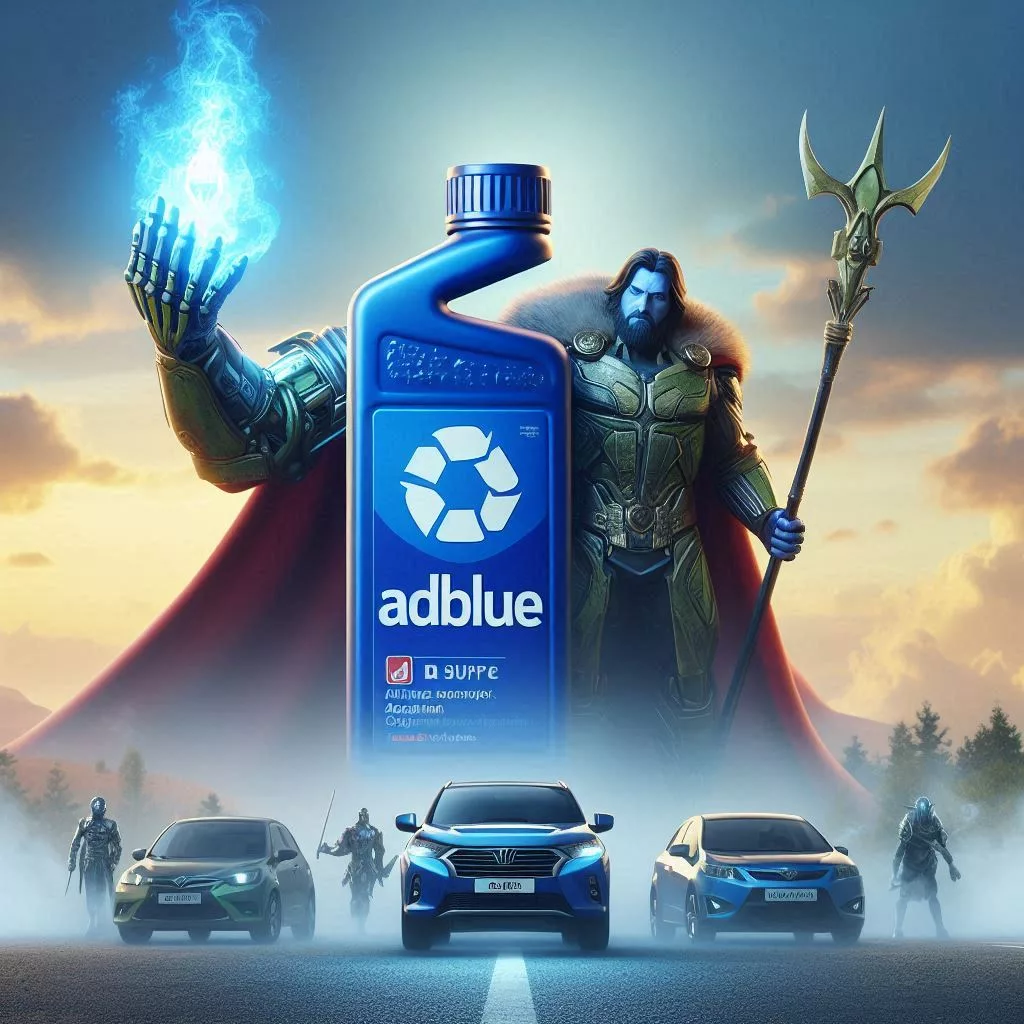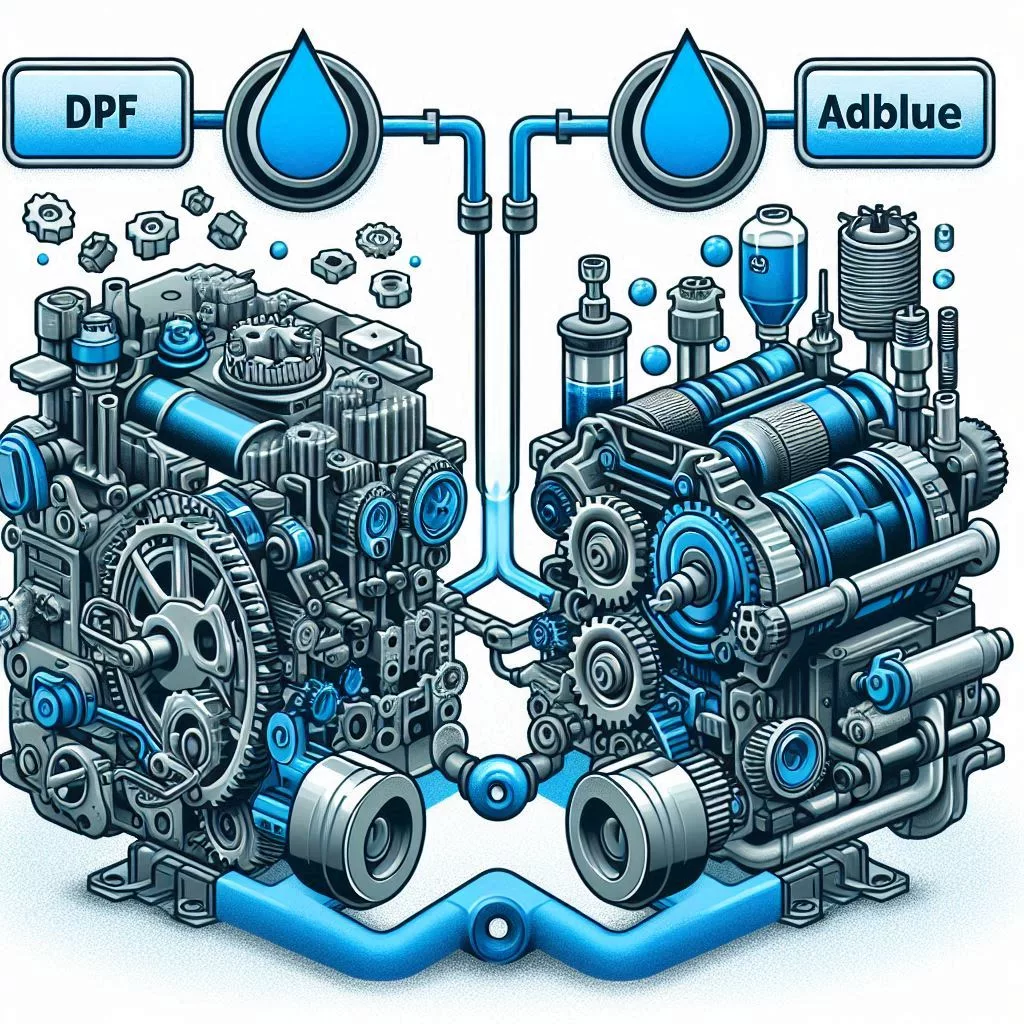I’m going to kick things off by talking about what might seem like an invisible hero under your car’s hood: the Diesel Particulate Filter, or DPF. You might not think about it often, but a DPF plays a crucial role in cutting down the nasty soot that diesel engines can spit out. How does it work? Well, it traps the particles before they escape into the air and then, through a process called ‘regeneration,’ burns them off at high temperatures.
Reducing emissions isn’t just good for passing your next vehicle inspection, it’s critical for decreasing our environmental footprint. DPFs are kind of like the gatekeepers preventing harmful particulates from contributing to air pollution. And with debates on climate change heating up, the DPF is a key player in our quest for cleaner air.
Maintaining a DPF is pretty straightforward, but it can’t be ignored. Periodic checks and professional servicing prevent expensive repairs down the road. And yes, there are laws on the books about DPF use. Countries around the globe have been tightening vehicle emission regulations, making DPF systems practically mandatory on diesel vehicles.
However, some DPF woes can show up. Clogs, ash accumulation, or malfunctions can trigger warning lights, reduce your car’s performance, and even fail an emissions test. The good news? There’s a lot you can do to prevent these problems – regular maintenance and understanding your driving habits can keep your DPF clear.
So, you’ve got your DPF working hard to trap particulates. But guess what? There’s another sidekick in the mix, and that’s AdBlue. AdBlue takes emission control to the next level by targeting the nitrogen oxides in the exhaust gas. In the next section, we’re going to dive into how AdBlue works hand-in-hand with your vehicle’s Selective Catalytic Reduction (SCR) system to make diesel engines cleaner than ever before.
AdBlue: The Unsung Hero of Emission Control
While the Diesel Particulate Filter (DPF) captures and removes soot from exhaust gases, there’s another key player in the emission control game: AdBlue. AdBlue isn’t as talked-about as the DPF, but its role is just as crucial for modern diesel engines. It’s a liquid solution that helps to significantly reduce harmful nitrogen oxide (NOx) emissions.
Now, how does AdBlue work in tandem with the Selective Catalytic Reduction (SCR) system? Basically, AdBlue is injected into the exhaust stream, where it reacts with NOx to convert it into harmless nitrogen and water, thus cleaning up the emissions even further. This happens thanks to the chemical reaction facilitated by the SCR technology on the exhaust gas.
In terms of composition, AdBlue is made up of high-purity urea and deionized water. The beauty of it is that it’s a non-toxic, colorless, and odorless solution, making it not just effective but also environmentally friendly. Plus, its usage can lead to a cleaner environment with lower NOx levels being released into the atmosphere.
But there are things you need to watch out for. AdBlue requires proper handling and storage. It freezes at -11°C (12°F) and, if contaminated, can lead to system malfunctions. Manufacturers provide guidelines for use, such as avoiding direct sunlight and keeping the storage area clean to prevent contamination.
And what if a vehicle runs out of AdBlue? The effects can be substantial. You might notice decreased engine performance or even find the vehicle unable to start. In some cases, the car’s software is designed to limit performance or prohibit the engine from starting without a refill, as a measure to ensure emissions stay within legal limits.
Maximizing Performance and Compliance with DPF and AdBlue
Now that we’ve covered the essentials of DPF and AdBlue individually, I’m going to show you how they work together to keep your vehicle not just running smoothly, but also in line with environmental standards. The symbiotic relationship between these two systems is pivotal in modern diesel engines.
What’s fascinating is the impact DPF and AdBlue systems have on your vehicle’s performance and fuel economy. While their primary purpose is to reduce emissions, they can also lead to improved efficiency when properly maintained. I’ll outline some practical tips to ensure your systems are running at their best.
One of your main concerns might be staying compliant with environmental regulations. With DPF and AdBlue, you’re equipped to do just that. But it’s not just about slapping these systems onto your engine; you need to understand their maintenance requirements. I’ll break these down, so you’re never caught off-guard by regulations.
Keeping up with maintenance might sound like a hassle, but I’ll explain why it’s worth the effort. Remember, your first attempt doesn’t need to be your last. You can always adjust your approach down the road, and I’m here to help you with those first steps.
Lastly, we have to talk costs and benefits. Everybody loves saving a buck, but as you’ll discover, the investment in maintaining DPF and AdBlue systems pays dividends in the long run, not just for compliance, but for your wallet too. So choose something that resonates with you and your budget, and let’s make sure your vehicle lives up to its potential.
The Future of Vehicle Emission Systems: Beyond DPF and AdBlue
Looking ahead, the landscape of vehicle emissions is set for some exciting changes. As electric vehicles (EVs) gain traction, the reliance on systems like DPF and AdBlue might see a relative decline. However, it’s not just about electric cars; innovative technologies are on the horizon that could redefine how we deal with emissions altogether.
Governments and regulatory bodies are continuing to tighten emissions standards, pushing the automotive industry to develop cleaner, more efficient solutions. This includes advanced versions of DPF and SCR systems that are more effective and easier to maintain. As these technologies evolve, they’re going to become increasingly integrated into the design of new vehicles.
Consumers play a crucial role in this shift as well. By choosing vehicles with better emission controls, maintaining those systems correctly, and staying informed about advancements, vehicle owners can make a significant impact on environmental preservation. It’s not only about the technology we have now, but also about how we adopt and support the transition to cleaner alternatives.
What’s crystal clear is that the journey to cleaner air is ongoing, and every development, including the continued improvement in DPF and AdBlue technologies, is a step in the right direction. So, I’m optimistic about the future – it promises to be cleaner, greener, and more sustainable. And remember, every choice you make with your vehicle affects that future. That’s not just my hope, it’s our shared responsibility.


